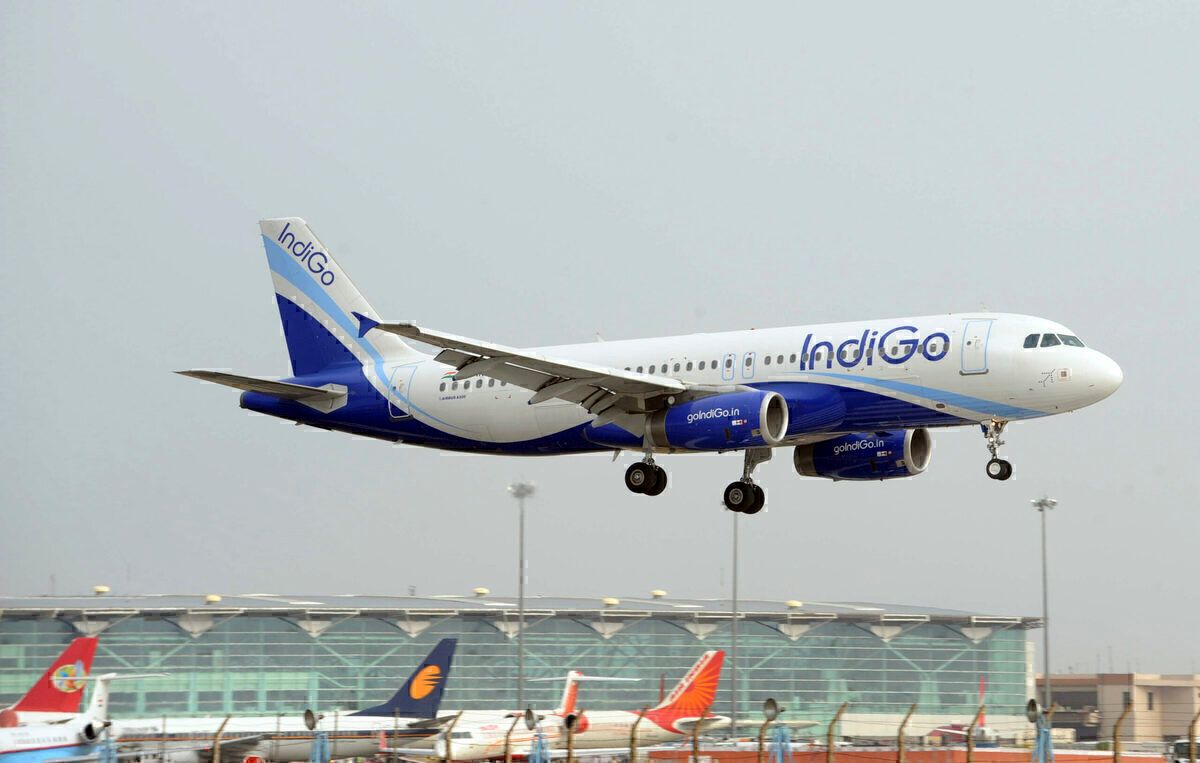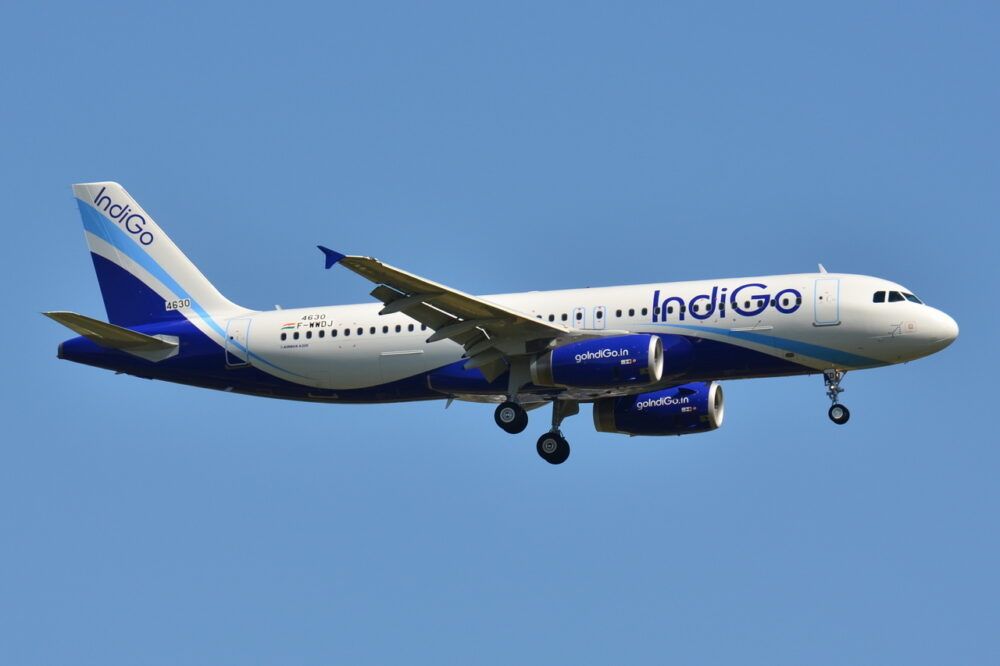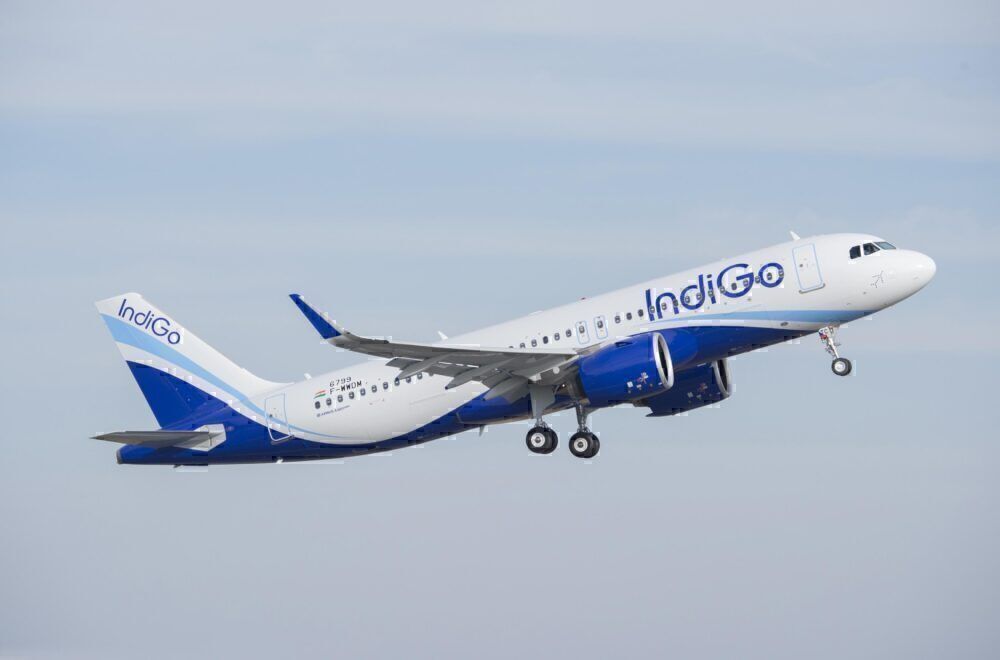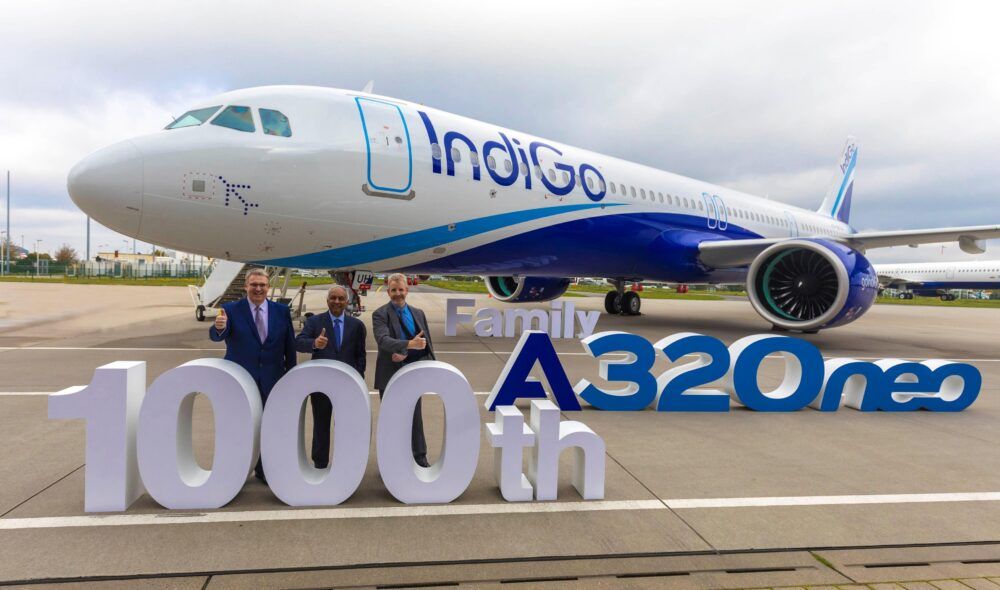IndiGo is one of India's early low-cost airlines, founded in 2005 and beginning flying in 2006. However, from early on, IndiGo did things differently from other airlines, opting to place a huge aircraft order before it even launched services. In the six years following its first flight, IndiGo rapidly grew to become India's largest airline. Let's find out how IndiGo became India's biggest in such a short span of time.
Gamechanging
IndiGo came into the market when there were few low-cost airlines and full-service carriers largely dominated. This meant airlines like Jet Airways, Indian Airlines (now a part of Air India), and Kingfisher were market leaders at the time. However, IndiGo wanted to shake up the market with its ultra-low fares and smooth passenger experience.
The first bold decision came in 2005 when IndiGo placed an order for 100 A320-200s. At the time, such a large order from an Indian airline was unheard of. The order was valued at over $6bn, a significant sum for a startup. However, IndiGo wanted its planes fast and wanted to expand its fleet rapidly. It got both.
IndiGo took delivery of its first A320 in July 2006, just over a year after placing its order. The inaugural flight from New Delhi to Guwahati to Imphal in August marked the airline's beginning. It went on to take delivery of five more A320s that year and another nine in 2007. IndiGo was officially in business.
Stay informed: Sign up for our daily and weekly aviation news digests!
Growth
IndiGo's low fares quickly became popular in India, combined with its witty advertising campaigns and focus on creating a uniform passenger experience. Along with others like SpiceJet and GoAir, India was seeing a new era of airlines take over. By 2010, IndiGo had overtaken Air India to become the country’s third-largest airline and showed no signs of slowing.
One year later, IndiGo placed an even larger order with Airbus, this time for 180 aircraft consisting of 150 A320neos and 30 more A320ceos. By 2012, IndiGo had increased its fleet to 50 planes, which allowed it to add dozens of destinations and start international flights. The rise in passengers flying meant that the airline benefitted from the market too.
In August 2012, six years from its first flight, IndiGo officially became India's largest airline, dislodging Jet Airways from the top spot. This completed IndiGo's rapid rise to the top and cemented a legacy for low-cost travel in India that is yet to be challenged over a decade later.
Critical
While India is notorious for airline failures, IndiGo managed to hold its ground thanks to one factor: profitability. From 2009 onwards, the carrier became profitable and was able to comfortably sustain its expansion. Without sinking into a cycle of debt, IndiGo managed to avoid the hurdles that other growing airlines faced and rose to become India's largest airline, a title it comfortably holds today as well.
What do you think about IndiGo's growth story? Have you flown with them? Let us know your thoughts in the comments!




